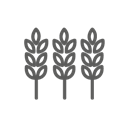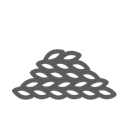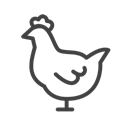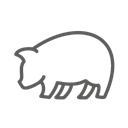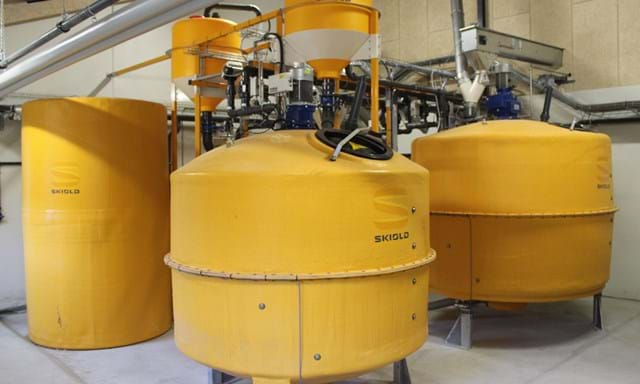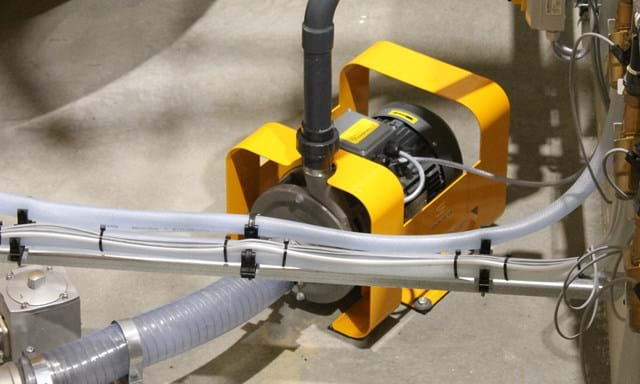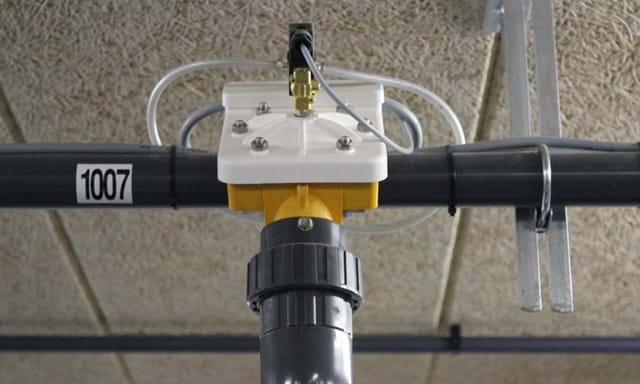SKIOLD supplies a complete program of mixing tanks with capacities ranging from 1500-8000 litres. The mixing tanks are equipped with a drain which helps to reduce remaining quantities, as well as a cleaning door with a mounted magnet to remove any metallic foreign bodies. Rest-tanks can be integrated with the main mixing tank for storage of remaining quantities. Furthermore, they will be an incorporated part of the pipe cleaning system, in which old recipes are being "pushed" out by new ones. Both the rest-tanks and mixing tanks are equipped with an automatic cleaning system.
A safety device is placed on top of the tank to prevent accidents. The tanks have been designed with a focus on longevity and fast and easy cleaning.


 English
English
 Danish
Danish
 French
French
 Swedish
Swedish
 Vietnamese
Vietnamese
 Spanish
Spanish
 German
German
 English
English

